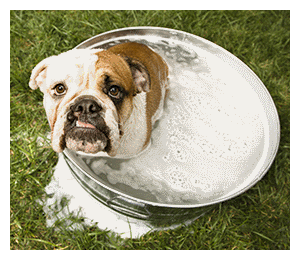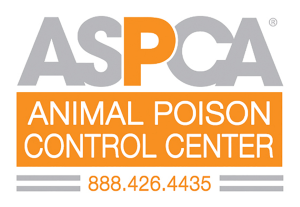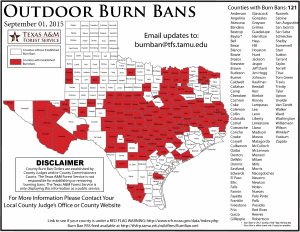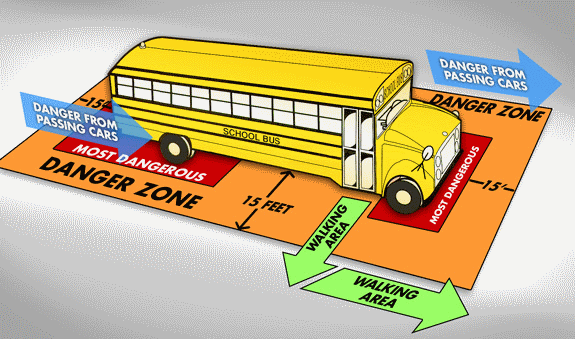 While skunks are generally docile creatures, they do have a very potent method of fending off people or animals who bother them. Unfortunately, some dogs don’t get the hint soon enough and become the target of a skunk’s spray. That’s why the ASPCA Poison Control Center (APCC) wants to offer the following tips and advice for dealing with a dog who has been “skunked.”
While skunks are generally docile creatures, they do have a very potent method of fending off people or animals who bother them. Unfortunately, some dogs don’t get the hint soon enough and become the target of a skunk’s spray. That’s why the ASPCA Poison Control Center (APCC) wants to offer the following tips and advice for dealing with a dog who has been “skunked.”
Signs and Symptoms
If your dog has been sprayed by a skunk, the first thing you notice will likely be the smell. However, there are several other symptoms or problems your pet may exhibit if sprayed by a skunk:
- Drooling
- Vomiting
- Red and/or swollen eyes
- Rolling
- Face rubbing
- Sneezing
- Temporary blindness
These signs are typically seen immediately or within a couple of hours of your pet being sprayed. Symptoms like lethargy, weakness, change in urine color and pale or brown gums may take up to a few hours or even days to appear. These symptoms are rarer, but if they appear, you should take your pet to a veterinarian right away. The compounds in skunk spray are irritating and in some cases can result in damage to a dog’s red blood cells, potentially leading to anemia.
Steps to Take
What should you do if your pet has been sprayed by a skunk? The first order of business should be a bath—but regular shampoo is not going to cut it! Create a mixture out of the following ingredients:
- 1 quart (4 cups) of 3% fresh hydrogen peroxide
- ¼ cup baking soda
- 1-2 teaspoons of liquid soap (dishwashing detergent)
Lather your pet in this mixture and wait five minutes, then rinse with copious amounts of water. Repeat if necessary. It is possible this may bleach your pet’s hair, but it is not toxic to their skin. Note that this mixture doesn’t store well, so you will need to make a fresh batch if your pet gets sprayed again.
If your pet’s eyes seem to be affected, rinsing them with copious amounts of tepid water for 20 minutes may relieve some discomfort.
Prevention Is Key
No one wants their pet to be sprayed by a skunk. Fortunately, there are many things you can do to discourage skunks from coming near your home:
- Make sure there is no easy access to pet food or bird seed. Use well-sealed containers and latched lids when necessary.
- Remove or prevent access to wood piles and areas underneath decks and houses, where skunks like to den.
- Invest in motion-activated lights or sprinklers, as skunks do not like light or noise.
- Sprinkle kitty litter in front of a suspected den or hole, or stuff paper, leaves or straw into the hole to let the skunks know that it is not a good place for them.
In the United States, skunks can be carriers of rabies. If you suspect your pet has been bitten by a skunk, it is best to contact a veterinarian right away.
The APCC is your best resource for any animal poison-related emergency—24 hours a day, 365 days a year. If you think that your pet may have ingested a potentially poisonous substance, call your veterinarian or the ASPCA Poison Control Center at (888) 426-4435 immediately.
Source: ASPCA.org
- Hits: 1
 Anyone outdoors is exposed to the sun’s ultraviolet (UV) rays, even on cloudy days. UV rays are a part of sunlight that is an invisible form of radiation. There are three types of UV rays. UVA is believed to damage connective tissue and increase the risk for developing skin cancer. UVB penetrates less deeply into the skin, but can still cause some types of skin cancer. Natural UVC is absorbed by the atmosphere and does not pose a risk.
Anyone outdoors is exposed to the sun’s ultraviolet (UV) rays, even on cloudy days. UV rays are a part of sunlight that is an invisible form of radiation. There are three types of UV rays. UVA is believed to damage connective tissue and increase the risk for developing skin cancer. UVB penetrates less deeply into the skin, but can still cause some types of skin cancer. Natural UVC is absorbed by the atmosphere and does not pose a risk. With more time to play outside, sunbathe and run through sprinklers, it’s no wonder our pets love warm weather. But with summer approaching, the ASPCA Animal Poison Control Center (APCC) wants to inform you about some of the most common hazards they handle every year. To protect your pets this season, keep an eye out for these five warm weather dangers.
With more time to play outside, sunbathe and run through sprinklers, it’s no wonder our pets love warm weather. But with summer approaching, the ASPCA Animal Poison Control Center (APCC) wants to inform you about some of the most common hazards they handle every year. To protect your pets this season, keep an eye out for these five warm weather dangers.
 In Texas, when dry conditions exist, a burn ban can be put in place by a county judge or county commissioners court prohibiting or restricting outdoor burning for public safety. The Texas Forest Service (TFS) continually reviews current and predicted weather conditions, wildfire occurrence, and the presence and availability of fuels from vegetation to assess wildfire risk. Using this information, TFS develops daily and seasonal forecasts to help state and local governments prepare for and respond to periods of greater fire danger.
In Texas, when dry conditions exist, a burn ban can be put in place by a county judge or county commissioners court prohibiting or restricting outdoor burning for public safety. The Texas Forest Service (TFS) continually reviews current and predicted weather conditions, wildfire occurrence, and the presence and availability of fuels from vegetation to assess wildfire risk. Using this information, TFS develops daily and seasonal forecasts to help state and local governments prepare for and respond to periods of greater fire danger. Taking the bus for the first time is a big step for your child. Help your kids get a gold star in bus safety by following these tips.
Taking the bus for the first time is a big step for your child. Help your kids get a gold star in bus safety by following these tips.